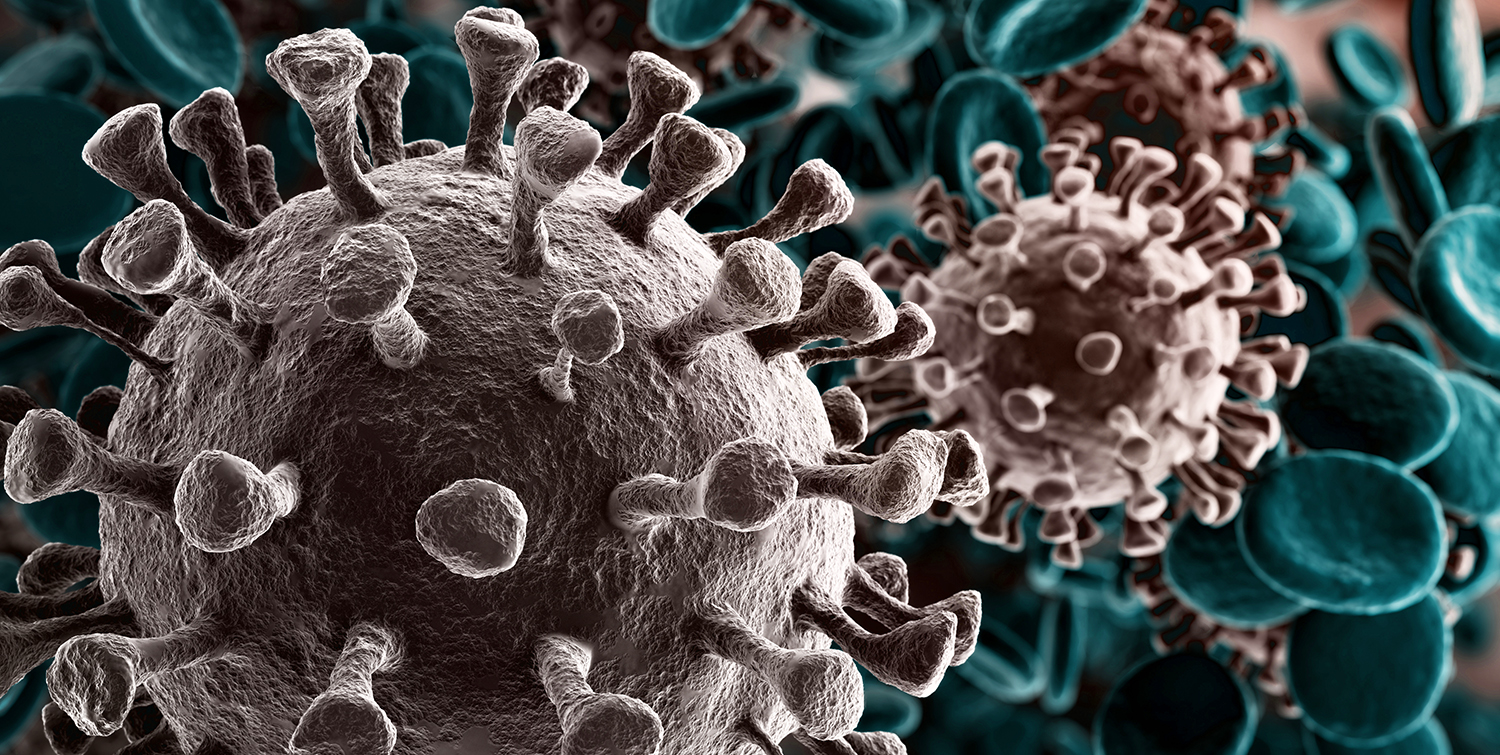… continued from the first post, click here to read.
As discussed earlier, we will now proceed to planning for TOMORROW while concentrating on the hardest bit – Planning for long-term when COVID-19 subsides. What happens when COVID-19 starts to recede? How do you embed it all into good staff plans?
When the vaccination campaign gains momentum along with other measures, COVID-19 will definitely recede. One day, you’ll get to a point your COVID-19 appointed staff start to see patient numbers drop off, people will start to think back on what they’ve seen. Hence, you must start planning for this now and have a plan in place by then. This is where management will earn their pay, this is the most dangerous point for staff mental health as people will start to find the capacity to process all the trauma and moral injury of the previous year. Here’s a skeleton plan for you to shape your local version:
Rather than create something from scratch, I’m basing this on the army’s post-operational plan, altered to fit the NHS and immediate health systems around us.
Plan sections –
- Managing the COVID tail
- Decompression
- Normalisation
- Aftercare/Support
We’ll walk through the sections, then some suggestions will follow.
THE COVID TAIL: Eventually, attending to acute/emergency COVID-19 cases will become a minority service rather than a major aim. You will start to see more “long-COVID” cases than new COVID-19 positive cases. Long standing COVID (with complications and aftermaths) is a plan for someone else (symptom and complication specific specialists) to manage and not this plan. This is a key burnout time for COVID-19 appointed staff, with “busyness” dropping and still seeing non-emergency COVID-19 positive patients will start to hit differently. Therefore, you must intervene here to support the staff designated to working on acute/urgent/emergency COVID-19 cases. You can’t let these staff members feel abandoned. Still monitor them, give them a sense of importance and usefulness. For example, still ensure they have a functional daily reporting system which allows for discussions, whether emergency COVID-19 cases are seen or not.
DECOMPRESSION: Many military incidences of PTSD (Post-Traumatic Stress Disorder) occur once people have a chance to think through their experiences and begin to ask, “what if?”. For the NHS or other health systems, this is likely to be enhanced as you can’t take a solid break from the work. Hence, you can’t skip this part of the plan. This is where you allow people to express their frustrations. Make people attend group sessions, disguise them as mandatory debriefs or unit meetings or presentations, even grand rounds if you must. Let them express their emotions and these expressions must never go on permanent records or identifiable notes.
NORMALISATION: This is where you support staff to return to their old roles (or new ones!) in a structured way. It allows them to return to normal while healing. Think of this stage as the crutches and physio supporting someone healing from a broken leg. Your aim here is to process all staff through it, returning most to work normally but catching – as many as possible – who will need targeted care. This must be sensitively handled as too many have outdated views and see mental health issues as weakness or a faux.
AFTERCARE/SUPPORT: Your plans must be long-term, they can’t be targeted short term. Often, issues will present years later and there must always be a non-judgemental help service available. This is a bit often ignored. Important: don’t forget your temporary/locum staff and leavers! Ensure you enroll them in these available services of after care before incorporation back into the society and reality catches up with them.
YOUR PLAN: You have the foundation skeleton, now build a functional plan for your local body. One size does not fit all; look at your teams, their roles during the pandemic and what they’ll return to post-COVID, include those on the edge of the COVID-19 work. What resources do you have to do this? This will shape your plan. What in-house staff can you leverage? Must you bring in some? Key tip: Beg, borrow or hire a good clinical psychologist (or manager or similar) to help you at least review your plan! Build a list of champions, senior clinical and non-clinical folk who will be the face of your plan. Go outside your chain of command and leverage both the “respected mavericks” and “grumpy old” seniors. Include everyone in the execution of your plan, no one’s role is too small to be over looked.
TIMING: START NOW! This plan will take nothing less than 2-3 months to get it right. It’ll take iteration, intermittent changes, haggling for costs, bringing in resources, getting approvals, intensive open an close meetings with hospital management including staff and many more. Therefore, leverage on professional bodies, unions (for example, in Nigeria – departmental units, MDCAN, NMA, ARDs, MWAN, NANNM, AMLSN, JOHESU), and other stakeholders for resources, ideas, input, funding, communications and… more. Please don’t leave this.
Conclusively, in this post; I’ve covered at extreme, a lot of work – at summary level. You must start now, even if you’re occupied and maybe overwhelmed with today’s work. If you don’t, you will have a “second disaster” when the consequences of the pandemic start to dawn on your staff. Simply put, if you DON’T do this, you’ll be breaching your duty of care to your staff. If you leave it until you find time, then you’re already too late. Find the time to start your plan for decompressing from COVID-19 now, and don’t forget to include yourself!

The original article can be found here




Discussion1 Comment
Thank you Editor for this very interesting article. We really should normalize discussing our mental health challenges even as Healthcare professionals.